High Email Bounce Rate Will Kill Your Campaigns
Courses: Email Bounce
Create: 1773 days ago
Update: 1070 days ago
Reading time: 3 min
Email marketing tools emphasize the importance of bounce rate for a good reason. A high bounce rate is a clear indication of a spammer. If you are not a spammer, you must ensure that email services won’t assume you are a spammer.
From this lesson, you will learn:
- why bounce rate is so important,
- how high email bounce rate can affect your business,
- first steps you need to take to lower your bounces.
Bounce rate
Bounce rate is a critical metric to monitor when launching an email campaign. It is a percentage of the undelivered emails in your campaign.
Calculate your bounce rate: number of bouncing emails/number of total emails sent x 100
A high bounce rate indicates that your recipients might not be real subscribers.
The question email service providers ask. If your recipients subscribed to your emails, why do you have a list of many invalid emails? Having a high email bounce rate will make you seen as a spammer.
You look like a spammer
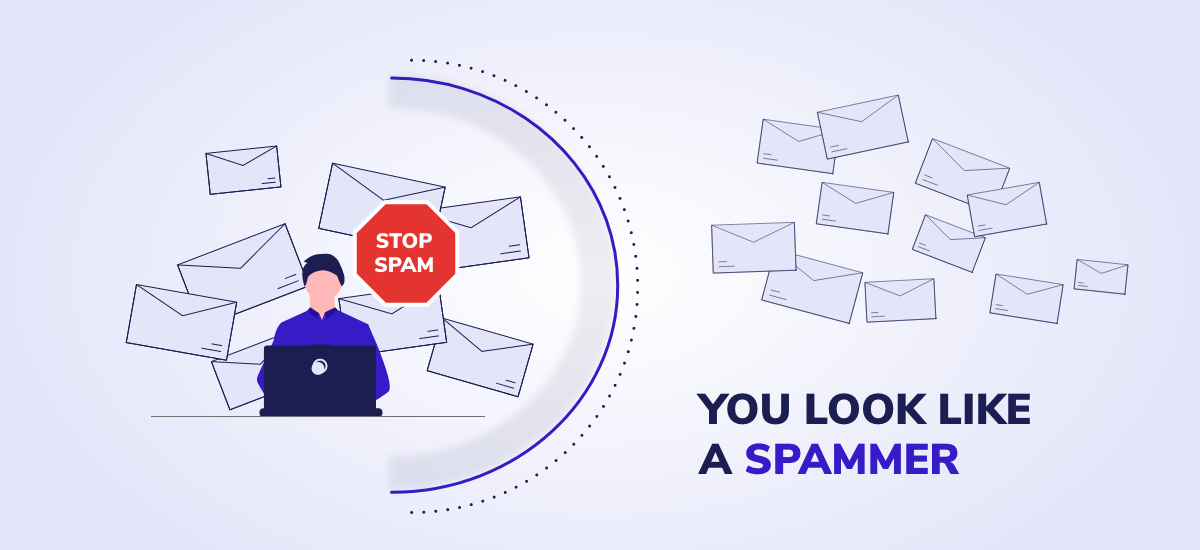
Spam filters used by email and internet service providers use your email sending history to predict whether the recipients expect your emails. They do this by analyzing all available data about your campaigns.
Having a high email bounce rate will label you as a spammer even if you are a legitimate email marketer. You can even get on a
blacklist
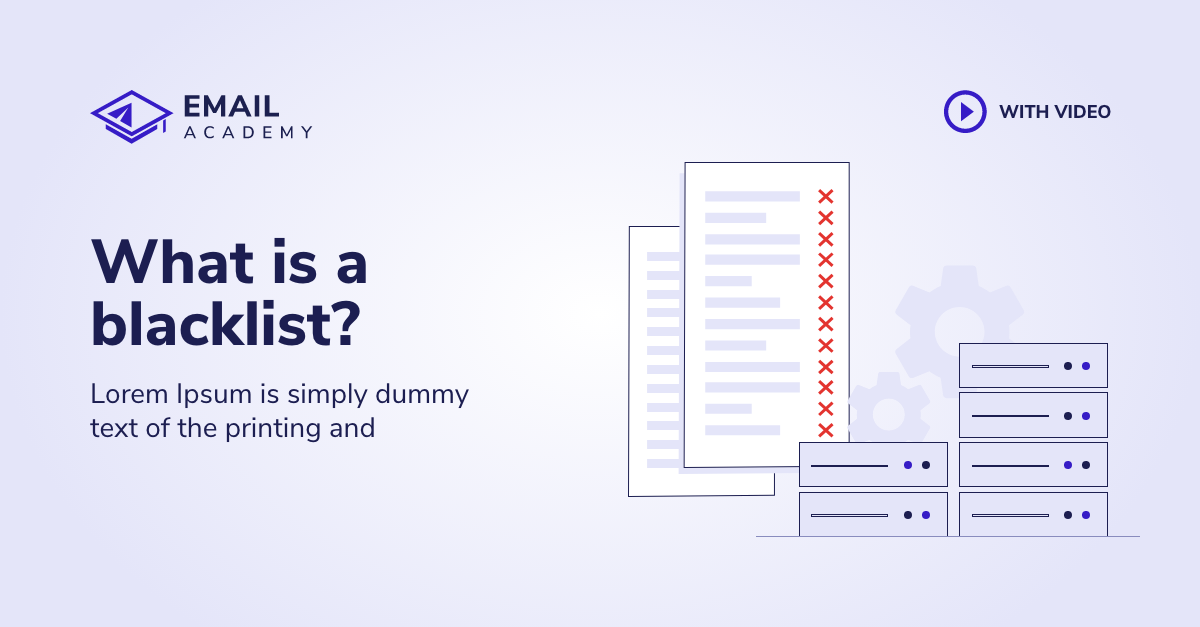 What is a blacklist?
An email blacklist is a third-party database containing the IP addresses or domains of people and organiza...
Read more »
if this happens.
What is a blacklist?
An email blacklist is a third-party database containing the IP addresses or domains of people and organiza...
Read more »
if this happens.
Spammer emails don’t land in Inbox
The very first sign of being treated as if you were a spammer is that your emails will be less likely to land in the Inbox but will in Junk / Spam folders.
Emails in the spam folders are barely being read, causing your campaign severe damage.
A high bounce rate causes further bounces
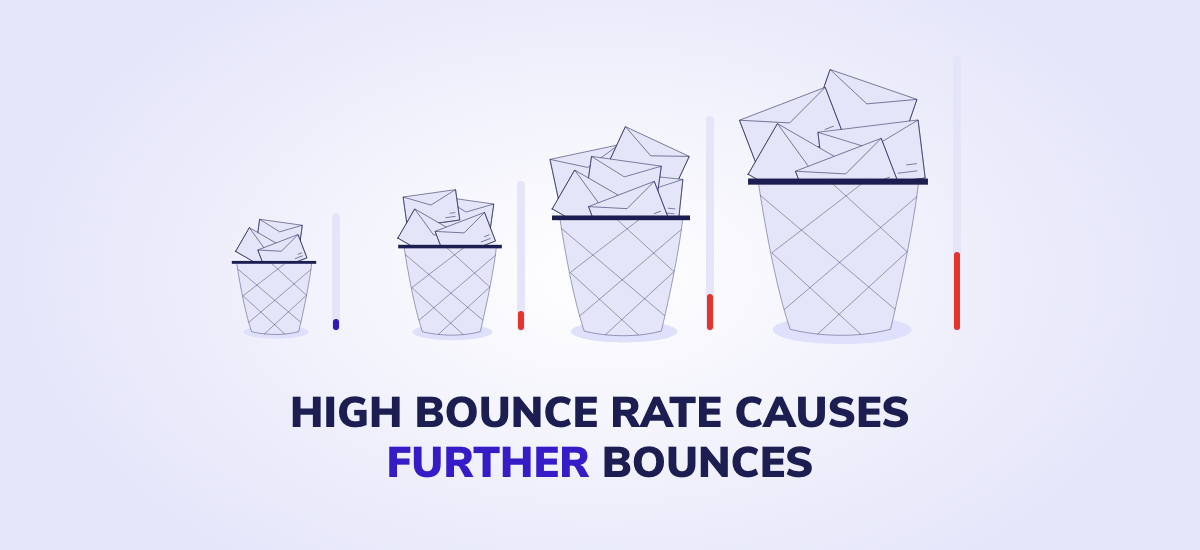
A high email bounce rate causes an ever-increasing bounce rate. Other than putting your mail into spam folders, spam filters can also reject your email. A rejected email is typically a
soft bounce
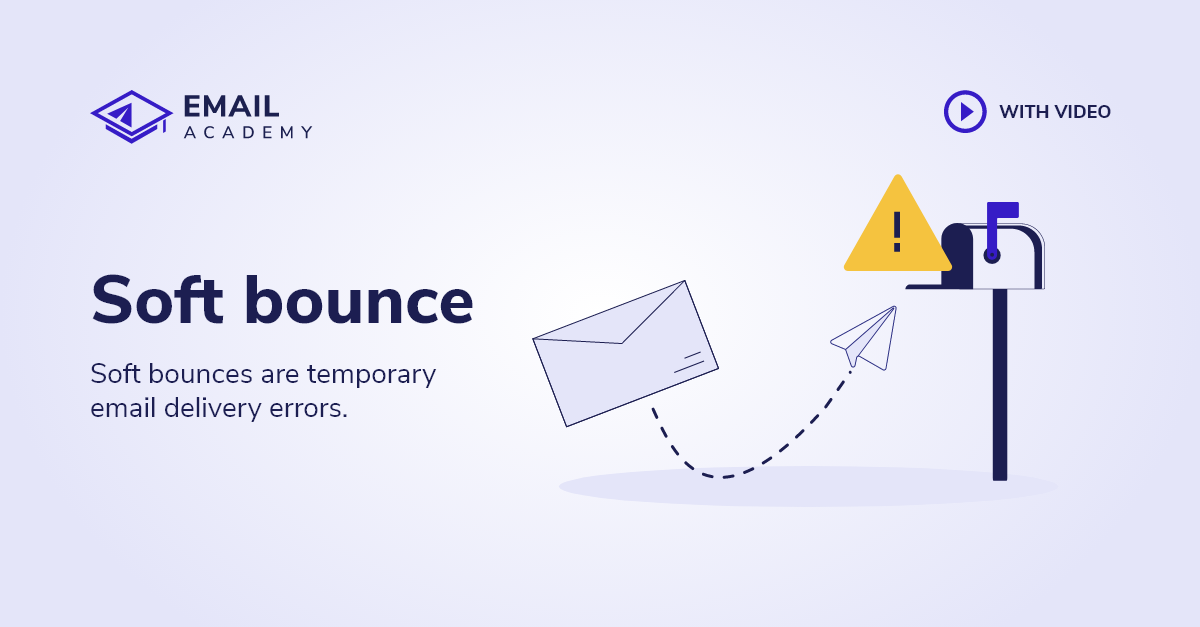 What is a soft bounce?
Soft bounces are temporary email delivery errors that you might experience when sending an email marketing...
Read more »
, causing your overall bounce rate to go even higher. You can read more about permanent delivery errors too, which is called a
hard bounce
What is a soft bounce?
Soft bounces are temporary email delivery errors that you might experience when sending an email marketing...
Read more »
, causing your overall bounce rate to go even higher. You can read more about permanent delivery errors too, which is called a
hard bounce
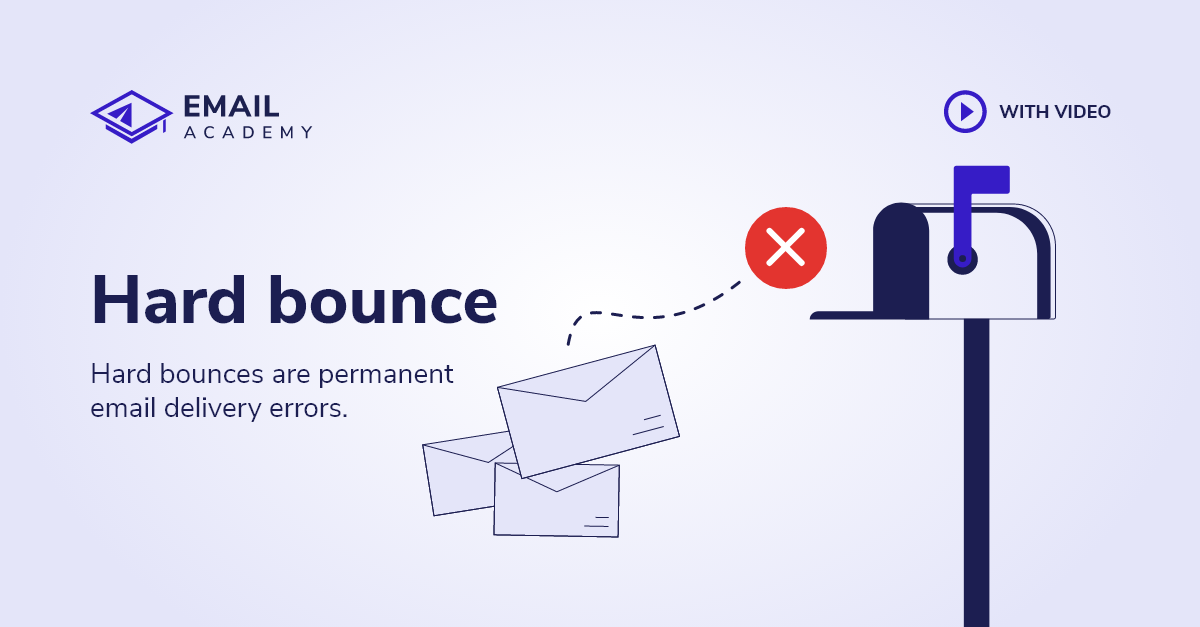 What is a hard bounce?
Hard bounces are permanent email delivery errors that you might experience when sending an email marketing...
Read more »
.
What is a hard bounce?
Hard bounces are permanent email delivery errors that you might experience when sending an email marketing...
Read more »
.
Your emails are not only not being read, but they are not even being delivered, making your campaign even less successful. There are several reasons
why an email can bounce
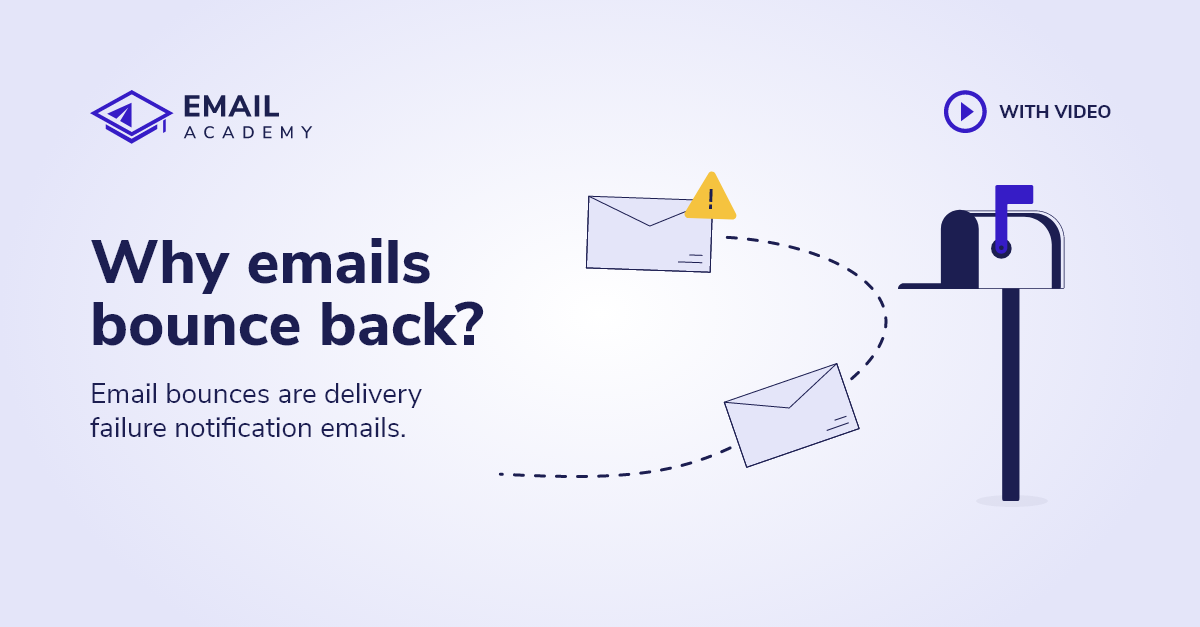 Why emails bounce back?
Technically email bounces are delivery failure notification emails. From the notification email, you can f...
Read more »
.
Why emails bounce back?
Technically email bounces are delivery failure notification emails. From the notification email, you can f...
Read more »
.
The email account will be closed
Email marketing tools take it very seriously to ensure they don’t have any spammers using their software. Suppose an email marketing tool experiences a higher than usual email bounce rate. In that case, they will suspend or even permanently close your account, making you unable to continue with your email campaigns.
Reduce the bounce rate
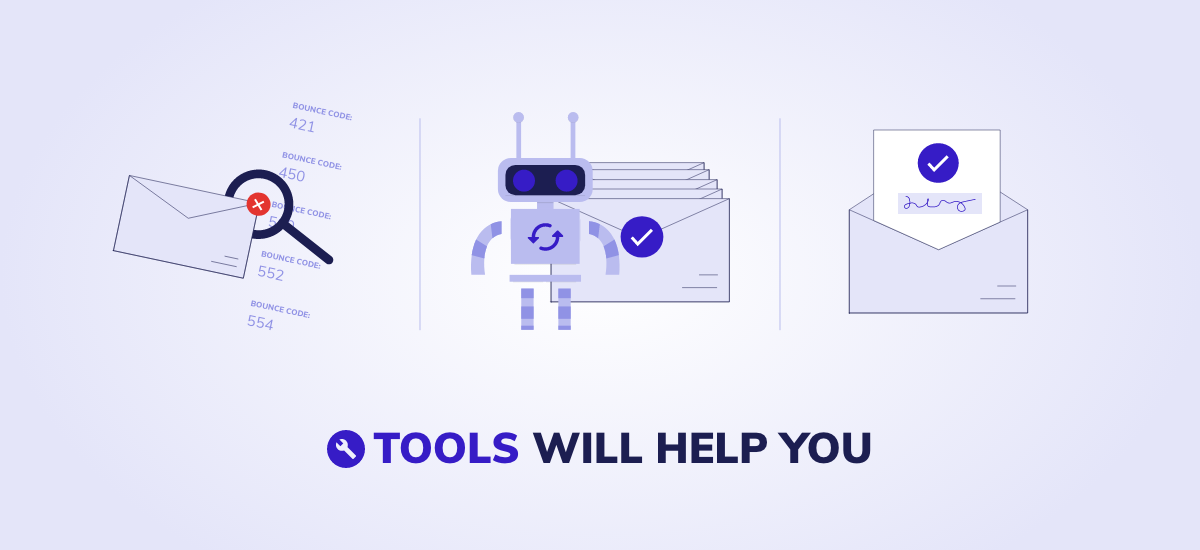
EmailAcademy’s Email Bounce course will teach you how to identify your bounces and what appropriate actions you need to take to lower your bounce rate. Ideally, you must have a lower than 1% bounce rate and ensure it will not increase in the future.
EmailAcademy offers several tools to identify any errors in your email marketing and will help you to improve your performance.
Conclusion
Email marketing is one of the most effective marketing tools, but having a high email bounce rate can be seen as if you were a spammer. Being treated as a spammer will cause you a series of problems, such as not delivering emails in the Inbox, having an ever-increasing bounce rate, and getting your email sending account closed.


